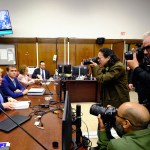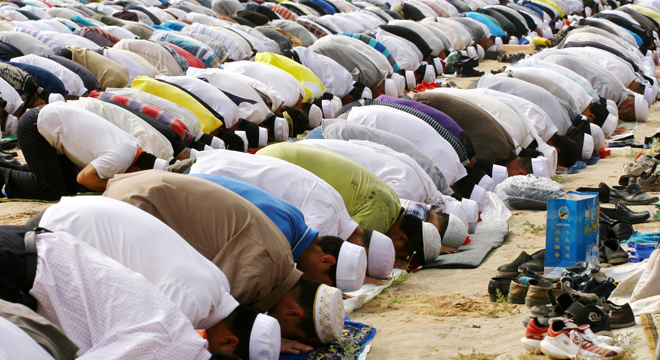In 2011 there was a “relatively low level of radicalization among Muslim-Americans” and that number has been continuously decreasing over the last couple of years, according to a report by a professor at the Triangle Center on Terrorism and Homeland Security.
Professor Charles Kurzman of the University of North Carolina’s Department of Sociology released his annual report Wednesday on domestic terrorism by Muslim-Americans, and found that there were only 20 indictments for violent terrorist plots in 2011, compared to 26 in 2010. Since September 11, there have been a total of 193, an average of just under 20 each year.
“This number is not negligible — small numbers of Muslim-Americans continue to radicalize each year and plot violence,” Kurzman writes. “However, the rate of radicalization is far less than many feared in the aftermath of 9/11.”
For example, Kurzman quotes FBI Director Robert Mueller, who in 2003 told Congress that “FBI investigations have revealed militant Islamics [sic] in the US. We strongly suspect that several hundred of these extremists are linked to al-Qaeda.”
“Fortunately, we have not seen violence on this scale,” the report says.
Though there was a spike of terrorist plots in 2009, totaling 47, and there have continued to be violent plots since, the number of Muslim-Americans who have participated in these attacks is small compared with the two million Muslims in the United States who have not, Kurzman argues.
Of the 20 Muslim-Americans accused of violent terrorist plots in 2011, only one, Yonathan Melaku, was charged with carrying out an attack, firing shots at military buildings in northern Virginia. Nobody was injured. This figure represents a significant decrease from 2010, when six Muslim-Americans carried out terrorist attacks, five of them joining militants in Somalia and Yemen and one carrying out a domestic attack: Faizal Shahzad’s attempted car-bomb near Times Square in New York City, which would have killed hundreds of people, perhaps more than a thousand, if the bomb had been constructed properly.
Kurzman also points out that many of the suspects in 2011 “appeared to have been limited in competence.” In one arrest of a Muslim-American for terrorism-related charges, for example, Emerson Begolly, “a 21-year-old former white supremacist who converted to Islam and posted violent-sounding material on the Internet” was tricked by his mother into meeting with FBI agents outside of a restaurant. He then tried fight them off by biting them. In another case, on his way to attack a local Shia mosque, Roger Stockham bragged about the his plan to a bartender when he stopped in to a bar for a drink.
“The limited scale of Muslim-American terrorism in 2011 runs counter to the fears that many Americans shared in the days and months after 9/11, that domestic Muslim- American terrorism would escalate,” the report concludes. “The spike in terrorism cases in 2009 renewed these concerns, as have repeated warnings from U.S. government officials about a possible surge in homegrown Islamic terrorism. The predicted surge has not materialized.”
You can read the full report here.









